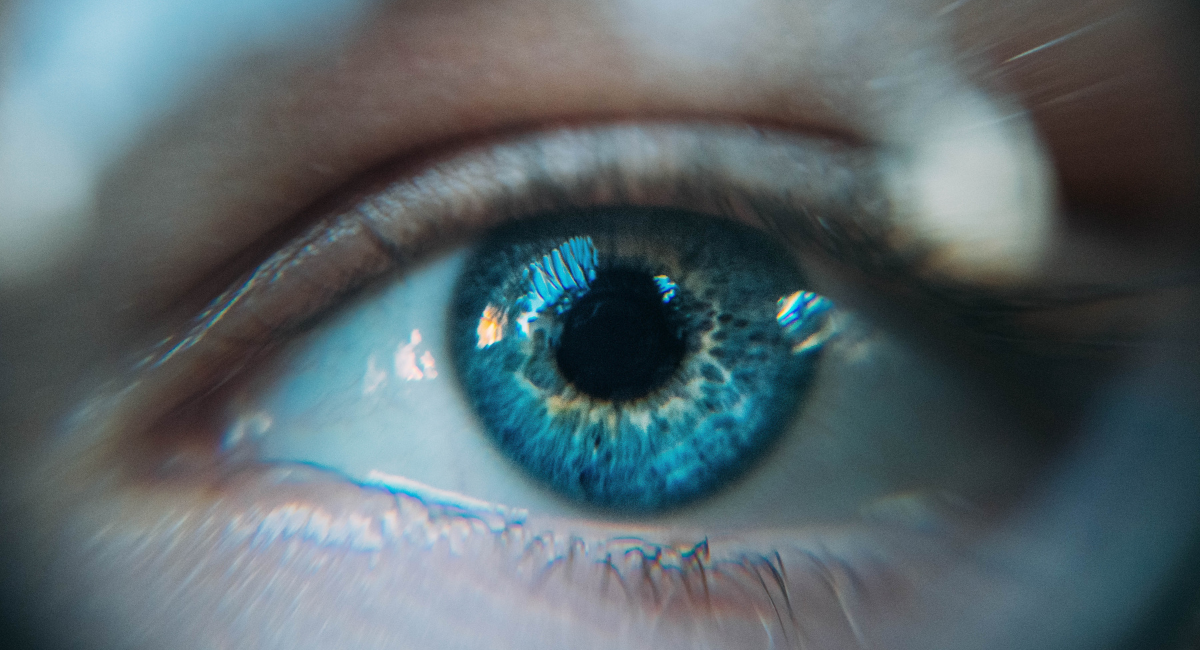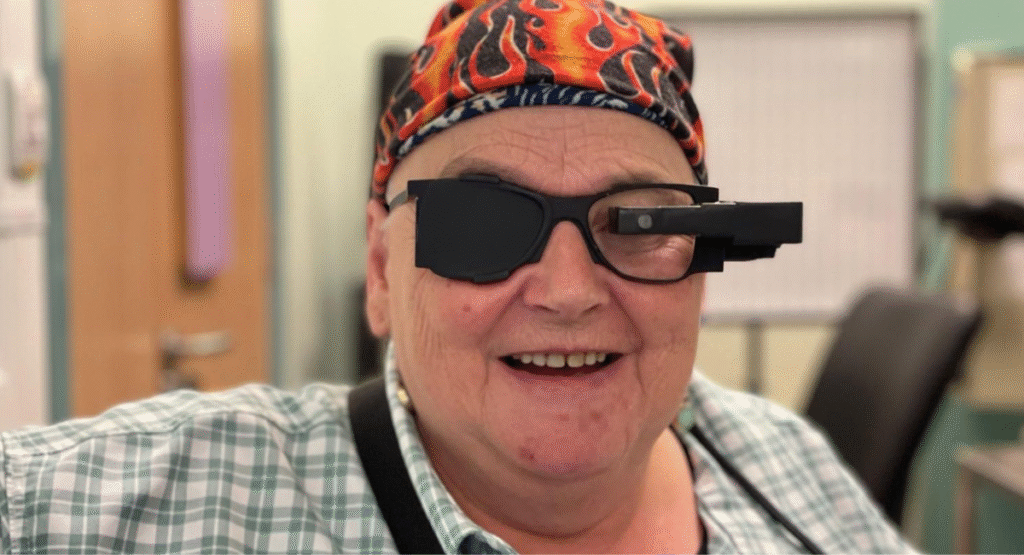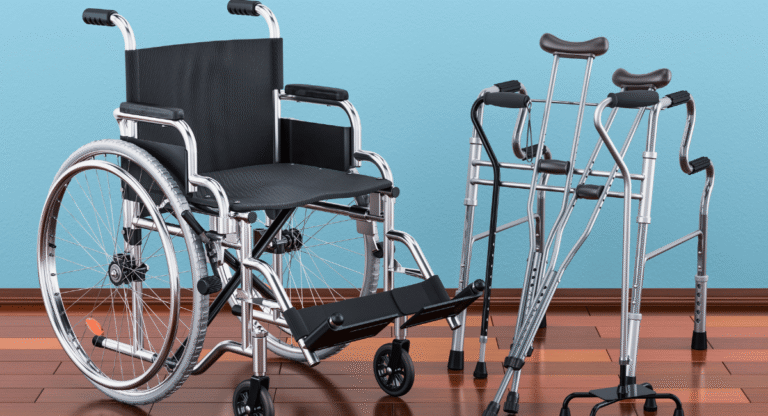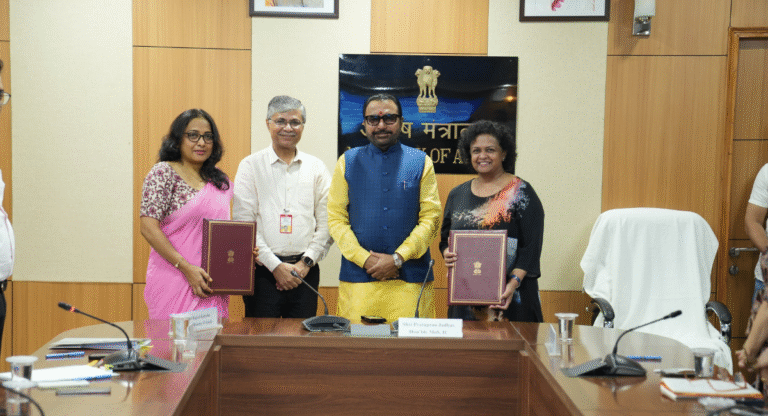
The Prima System: A tiny photovoltaic microchip implant offering renewed hope for individuals with advanced vision loss.
Restoring Vision: An Innovation in Eye Health
In a remarkable advancement in eye health, scientists at Moorfields Eye Hospital in London, in collaboration with international centers, have developed a revolutionary Photovoltaic Microchip implant. No larger than a grain of rice, this tiny device is surgically implanted under the retina, offering a new lease on life for individuals with advanced vision loss.
How the Implant Works

The implant, known as the Prima System, functions alongside specially designed glasses equipped with built-in video cameras. These glasses capture infrared images from the environment and transmit them to the microchip implant. The implant then converts these images into electrical signals, which are sent to the brain via the optic nerve, effectively restoring the ability to perceive visual information.
Transformative Impact on Patients
Many participants in the international trial have reported significant improvements in their vision. The implant has enabled them to read, recognize faces, and perform daily tasks independently, marking a transformation in their quality of life.
Clinical Trials and Global Reach
The Prima System has undergone rigorous testing in an international trial involving 38 participants across five European countries. Over 80% of participants showed significant improvement in central vision after a year of monitoring. This technology represents a major advancement in eye health, offering hope for millions affected by blindness worldwide.
Also Read- Decline in Sunshine Across India: A 30-Year Study Reveals Alarming Trends
Future Prospects in Vision Restoration
While the Prima System is currently effective for specific types of advanced “dry” age-related macular degeneration (AMD), researchers are optimistic about its potential applications in other forms of vision loss. Ongoing studies aim to expand its use and refine the technology to benefit a broader range of patients.
The success of this implant underscores the importance of continued innovation in eye health and the potential for technology to restore vision and improve lives.












